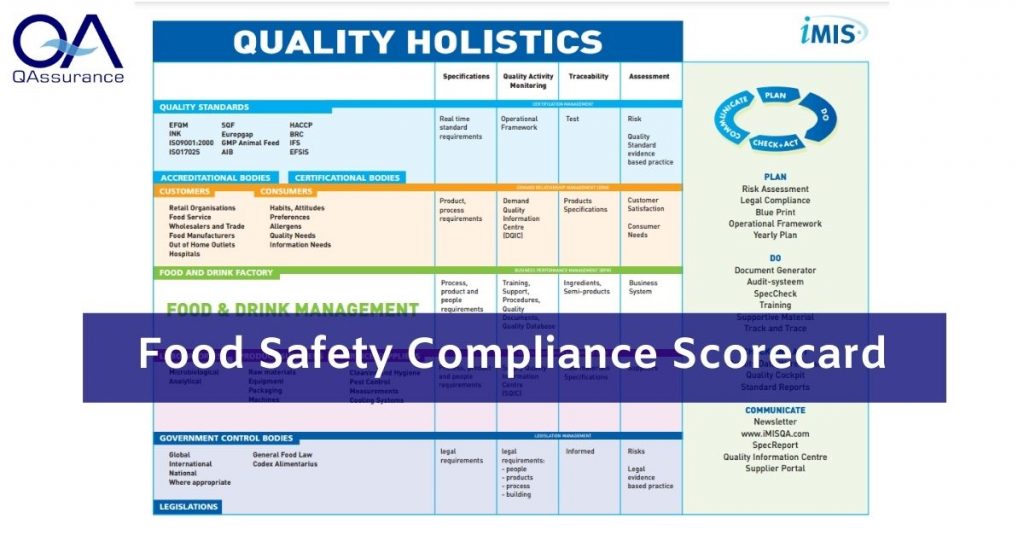Procedure for the metal detection
The preventative avoidance of pieces of metal in the end product. This is done by metal detection on the packaging line. Products are checked for the presence of metal particles, and the setting depends on the type of product and the size of the packaging unit. The setting is such that there is an optimum between the sensitivity and false ejection of products. Product consistency and package size determine the setting.
Types of metal particles
There can be different values for different types of metal, such as:
- Stainless 3.5mm;
- Non-ferrous 2.5mm;
- Ferrous 2.0mm.
Metal detection procedure
The functioning of the metal detector is tested at least at the start of production and at the end of the work. During the test, all three test sticks/cards are passed through the detector one after the other at the same time. The test sticks are placed on a package that has already passed through the detector and has not been ejected. The test sticks are placed in the centre of the package as much as possible.
The line speed must be such that the ejection of the detected metal is secured without the new product being allowed through. This also applies to in-line testing.
When particles are present in the product, the affected product is immediately removed from the line and marked with a label or form, quarantined, and set aside. The product is then searched for the metal particles, and an attempt is made to determine the cause and take appropriate measures. If the piece of metal is not immediately visible, the product can be further divided and passed through the detector to trace the piece of metal.
Results
The results of the checks are entered on the registration list, as well as products released and metal found. The 3 products before and after the product detected to have metal hidden in it are passed through the metal detection again for checking. If the metal detector is not working or is not set up properly, all products will be quarantined until the last satisfactory check. After repair or adjustment of the metal detector setting, the products are detected again.
Related articles to Do you have an example for a metal procedure?
Many customers and visitors to this page 'Do you have an example for a metal procedure?' also viewed the articles and manuals listed below:



